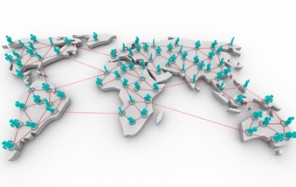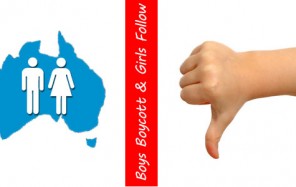How much diversification do you need in today’s competitive market?
Paraeto’s Law says that 80% of your business comes from 20% of your customers, and 20% of your customers take 80% of your time. I say that the 20% who take 80% of your time are the same 20% who only give you 20% of your sales.
Time management and prevention of over-servicing in a service-driven economy is everybody’s problem.
To this end, you must be constantly analysing where the margin is in your business, and who are the customers that reward themselves with your services and products while also rewarding you with bottom line results.
This requires ongoing business analysis, part of which also involves analysing market segments where products and services, because of the customer base, have a margin “squeeze” on bottom line profits.
Such analysis requires:
- Consideration of both market expansion into more lucrative markets
- Diversification into new and emerging markets. This is easy to say, but given the consolidated nature of many of the mature markets in Australia, diversification is not easy to undertake. Retail is a good example of this. You cannot simply replace a retailer like Harvey Norman with another retailer of equal size. However, you can consider online sales, which many of the retail industry and suppliers are now starting to do.
Our own business, COMEDGE, is another example. Over time many providers have entered the Web development market, and while they develop websites that look good, they do not always perform for the clients. We have, because of the new sophistication of Google and search engines, kept up to date with the market, but this alone will not be enough for us to continue to grow and be profitable.
To this end, we have added the ability to provide our clients with more sophisticated web and communication platforms, greater server capacity and services for expanded emails, Internet and online services. We have also added the ability to develop supportive IT and web-based programs to increase functionality and reduce administration and manual processing of transactions, processes etc.
Diversification is the best way to take small steps on the continual innovation and improvement path provided you stay within the accepted criteria:
- Decide whether you diversification is about more services or products and/ or about more/ different target markets.
- Decide what you will drop off in terms of markets or products or services if you take a diversification approach. Do not just add to your existing business or it will eat overheads and cash flow in the short term, and may “clog up” your thinking and your processes/ administration.
- Understand the impact of diversification on your cash flow and overheads. Different delivery systems, more stock, more people, less customer contact, better bottom line, more complaints, increased reporting, etc. Cost these into your system.
- Be aware of the impact of diversification on existing customers. Will they react, and if so, how? Will they seek others who are more specialised? Will they get less attention, and could this increase your bottom line risk during these changes?
- Evaluate whether you have the right people to handle new products and services, new markets, new customers. The strategy may be right, but the people factor in your existing team may let you down.
- Always analyse for the gap in the market, and the market in the gap. There may be a gap in the market because nobody else wants to be there or because it is a high risk diversification strategy. Be cautious.
- Most diversification strategies do not yield immediate results, and you have to be prepared to invest to manage the change. Do not over-optimistically forecast turnover and cash flow.
Although there is a lot to consider in diversifying, when the market is tight there may be no other options apart from doing nothing or getting out. Diversified businesses are sound businesses that generally have more overall market security, as long as diversification does not threaten existing market segments and add too many products, services and processes to your business structure and operations.
I have a feeling that in the next 3-4 years as the online business continues to grow, and our “fast food” society continues to develop on a global, but definitely South-East Asian basis, that businesses will be forced to change their business base more frequently and often, and as part of this, diversification will be an ongoing mandatory strategic business exercise.
Where could you diversify your business to get more margin, and what services/ products or customers would you let go?




